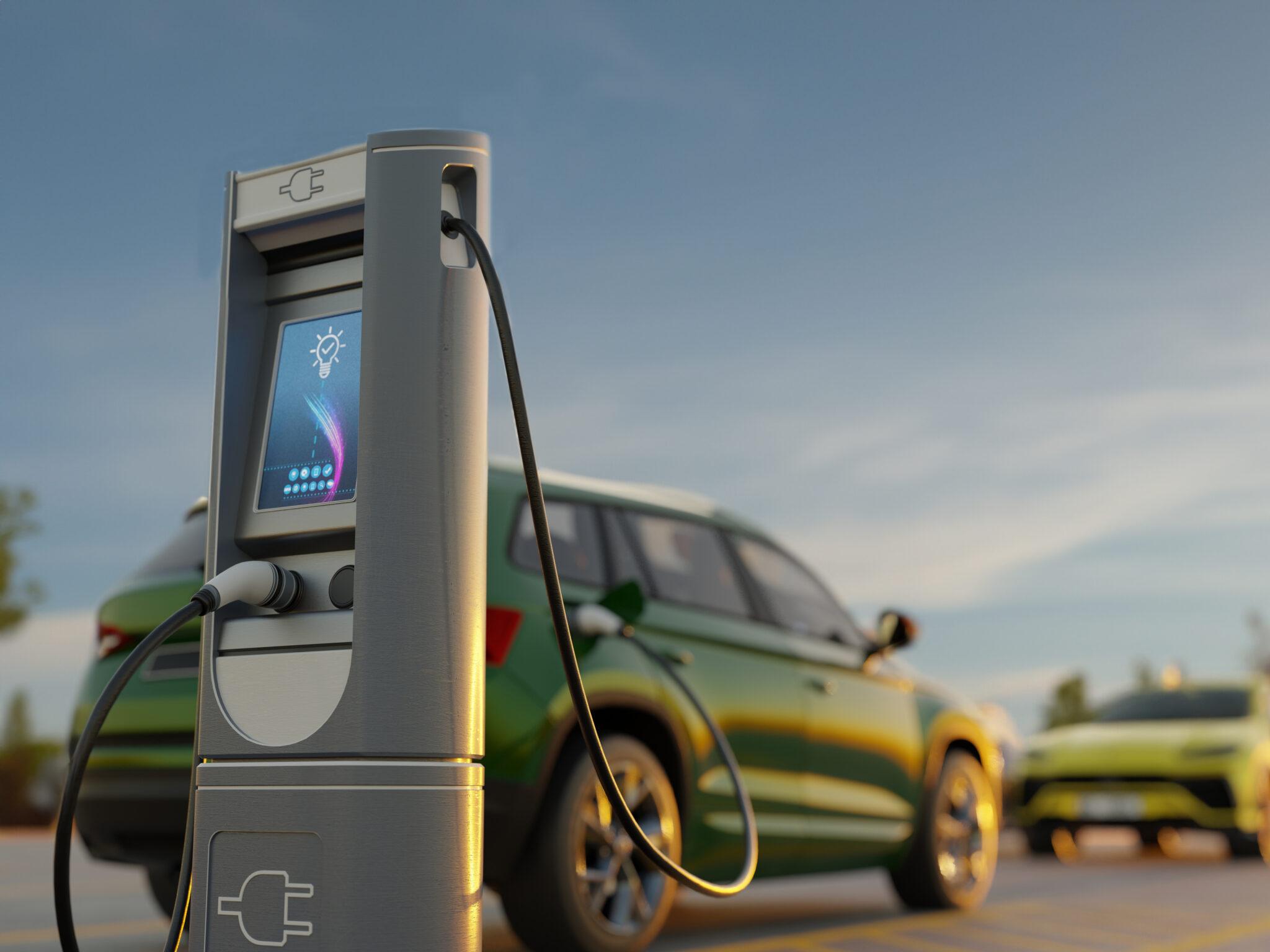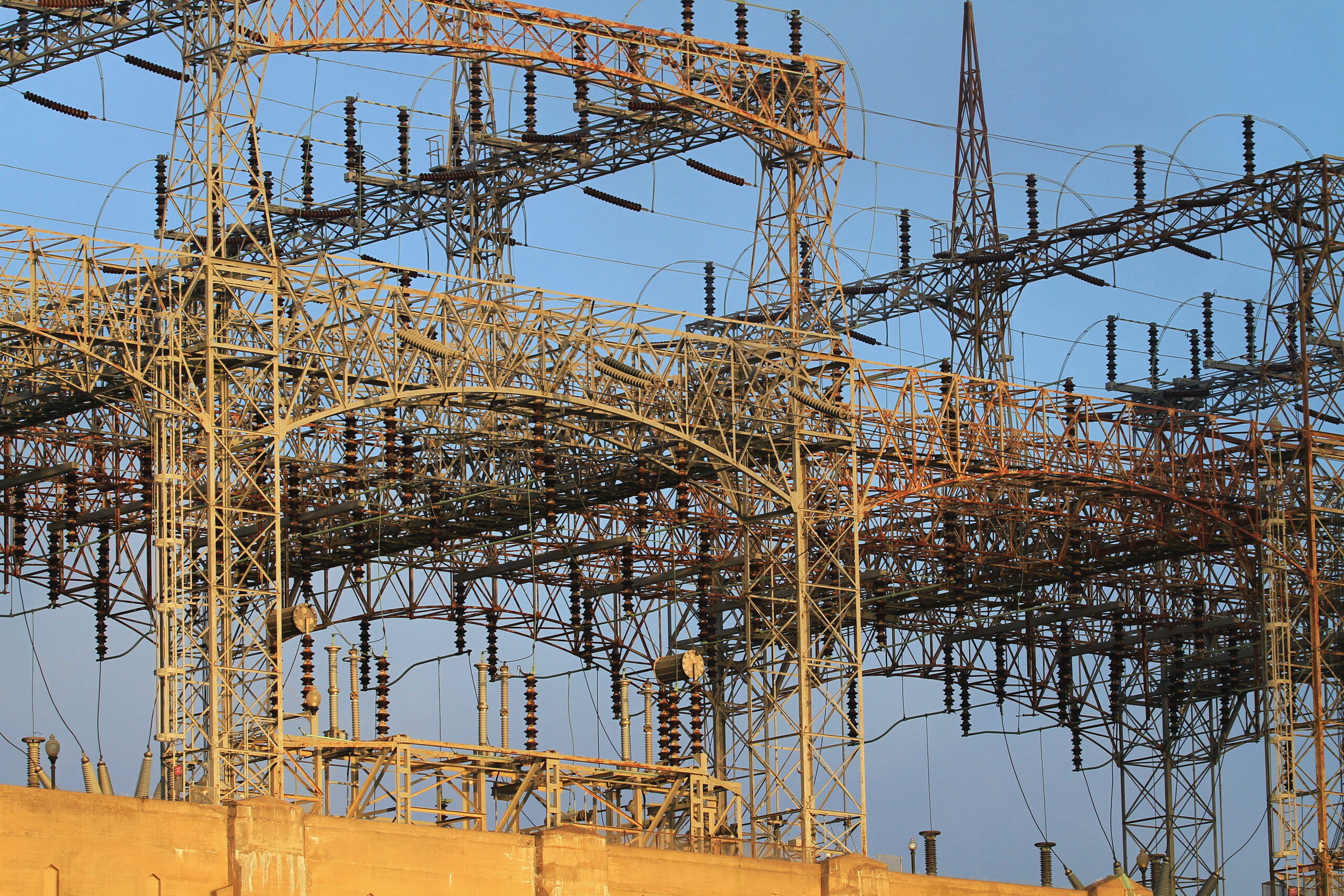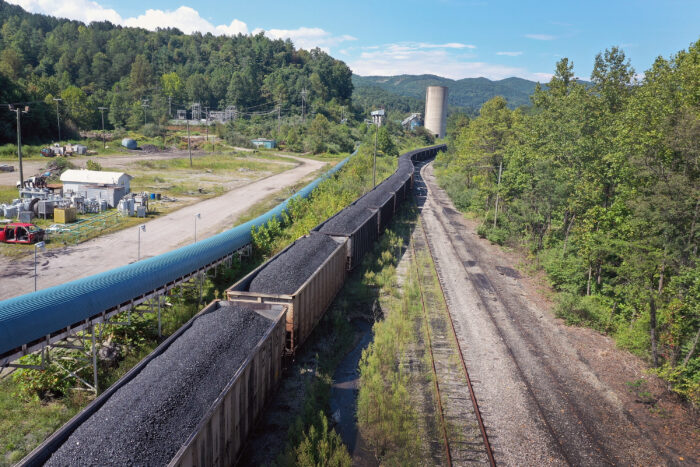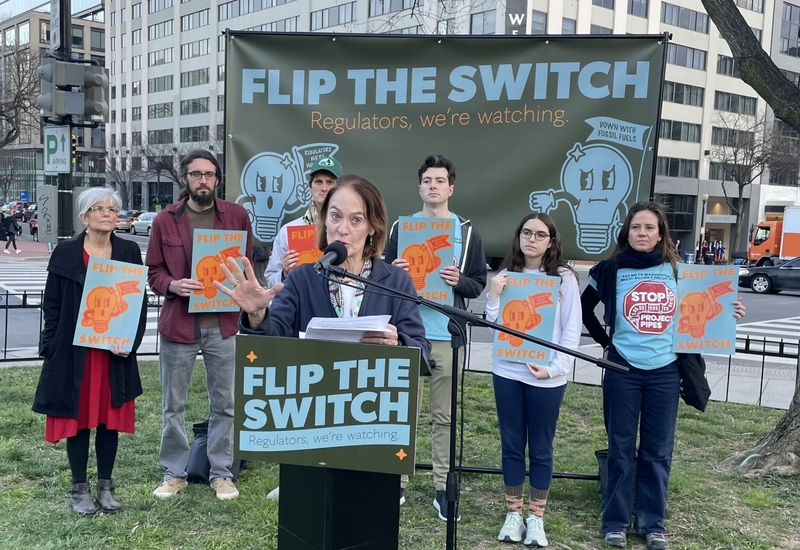Commentary: Gridlock or grid upgrade? Legislation aims to address grid readiness

By Nick Bibby
The writer is a principal with Advanced Energy United, a national trade association.
Would you be surprised if I told you that the number of electric vehicles (EVs) in Maryland increased by over 3,000% since 2013? EVs are continuing their upward trend in Maryland and around the U.S., marking a record 12% market share in December alone. But with all these new EVs in our state and country, how are we preparing our grid for the needed power?
Let’s look at some recent data on how much electricity is needed in Maryland to handle the anticipated levels of just transportation electrification. Analysis by the Electric Power Research Institute shows that Montgomery County alone will require an additional 1.8 terawatt-hours (TWh) of electricity production to support anticipated levels of light-duty transportation electrification by 2030 — just six years away. A nearly 350% increase in electricity usage from just light-duty EVs.
To further illustrate, research conducted by National Grid, a gas and electric company; CALSTART, a national nonprofit that focuses on clean transportation; and RMI, a clean energy research organization, shows a typical highway rest stop will need about 20 fast chargers for EVs to meet demand. That’s the equivalent of powering a professional outdoor sports stadium, and about half of the power needed to serve the entire Empire State Building.
It’s not just electric transportation that Maryland must prepare for; building electrification is also increasing. Two of Maryland’s most populous counties, Montgomery and Howard, have both passed legislation to phase out fossil fuel use in new construction starting as early as 2027, and the sale of heat pumps surpassed that of gas furnaces for the second year in a row — this time, by 21% in 2023.
The auto industry is now fully committed to a future of EVs, and simultaneously, more homes and businesses are increasingly turning away from gas appliances in favor of new, high-performance electric alternatives like heat pump water heaters and air source heat pumps. Traditional long-term “top-down” resource planning will struggle to keep up with this transition, risking delays for Marylanders in accessing these superior technologies.
Ultimately this issue will require elected officials and decision-makers in Maryland and elsewhere to invest time and attention into this matter, and everyone from EV charging companies to renewable developers to energy efficiency providers have a shared interest in strengthening the grid.
To ensure Maryland addresses this challenge head-on, Sen. Katie Fry Hester has introduced Senate Bill 1083, requiring the state’s Public Service Commission and utilities do more toward getting the grid ready to handle the influx of EVs and building electrification.
Recognizing the state’s transportation electrification and building decarbonization goals, Senator Hester’s legislation aims to get Maryland’s grid ready. What does this look like?
Maryland must enhance its electric distribution system planning by using a more highly localized, “bottom-up” forecasting model to identify changes in customer demand down to which homes are likely to adopt EVs, heat pumps, and solar or storage technologies. Just as electrification continues to increase, we must anticipate where on the distribution grid we’ll need upgrades to support that electrification, and then prioritize the distribution system upgrades that will support overburdened communities, lower electric bills, and improve our air quality.
Additionally, we need to ensure that gas and electric utilities are coordinating to ensure that our electric system is ready to accommodate new electric appliance load when it’s needed by the customer. While we’re at it, we must identify the optimal locations for the deployment of distributed energy resources like solar and energy storage systems, based on our distribution system, customer needs, and our state’s decarbonization goals.
Ultimately, this is a first step in getting utilities to upgrade their infrastructure in anticipation of increased demand, to improve the customer adoption experience, leverage more distributed energy resources, bolster grid resiliency, support the state’s electrification goals, and mitigate ratepayer impacts.
There is a unique opportunity here to cement Maryland’s status as not only being bold and ambitious in its energy policy but being smart about it, too.




 Creative Commons Attribution
Creative Commons Attribution